By now you probably have heard about composting as it has picked up momentum in the sphere of sustainability. But when most of us think of composting we likely have a monolithic image in our minds – a big heap of brown dirt in the corner of a yard or field, sprinkled occasionally with fresh household waste, probably a bit smelly and best given some room to breathe. While there are many misconceptions to this (there are several alternative methods that are smaller-scale and more aesthetically pleasing and low-impact, and properly mixed and aerated it doesn’t actually smell much), it’s a harsh reality that personal compost systems are often inaccessible. More and more, dorm and apartment dwellers may have become aware of the social and environmental benefits of composting, but may struggle to find a way to participate.
Why should I be composting?
A fair question, particularly if you don’t have a garden or access to land. Food waste is the third largest contributor to methane gas emissions in the U.S., contributing significantly to the greenhouse effect. This material can compromise the integrity of landfills when simply thrown in the trash, creating unwanted smells and fire hazards – plus the nutrients never return to the soil, instead indefinitely sealed up as if in a plastic bag. Proper disposal of organic materials through composting can significantly reduce these hazards and produce high-quality, low-impact, nutrient-rich and biota-dense fertilizer. According to the Bernalillo County Extension Master Composters, composting sequesters carbon into the soil in a healthy way instead of into the atmosphere, where it can contribute to climate change.
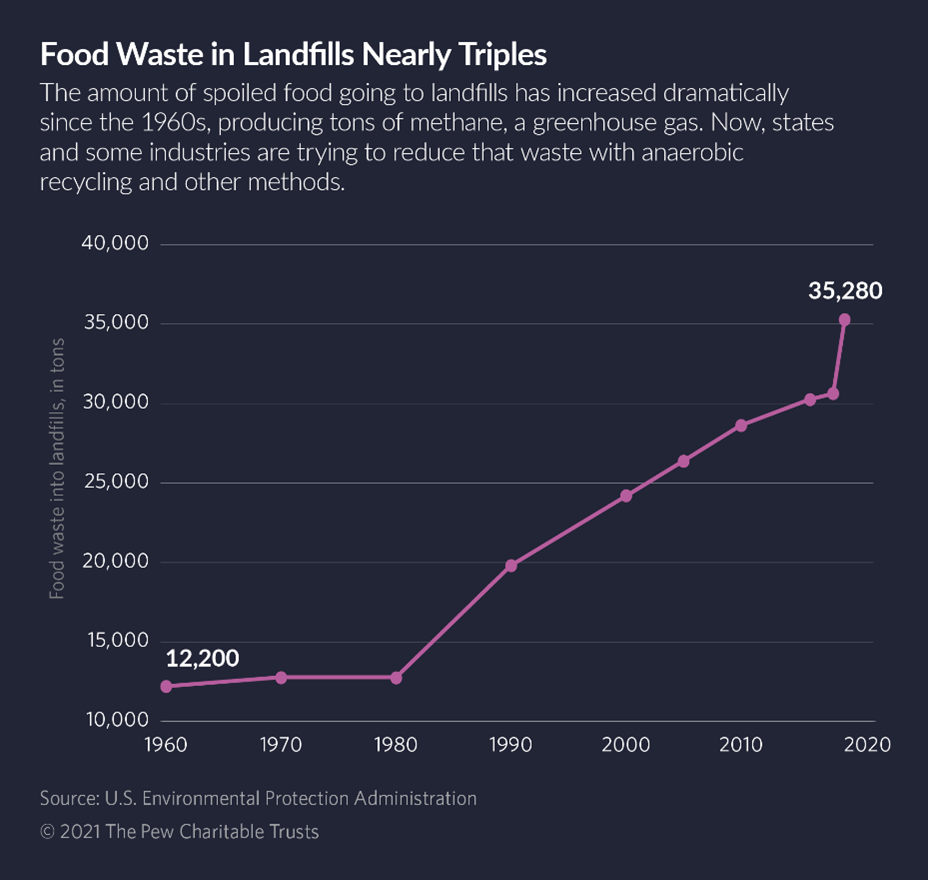
I don’t have a use for the compost, but I’d like to send it somewhere!
Albuquerque hosts a couple of for-profit composting services. Little Green Bucket provides a container (varying sizes and plans available to suit your needs) for a monthly subscription which they pick up from your home much like your regular trash service, or you can drop off waste at their facility for an adjusted fee. This waste goes to Soilutions, a local facility which partners with several businesses to reduce food waste and divert organic materials from landfills. They sell the finished compost product commercially.
For no fee, Rio Grande Community Farm also has a drop-off program with two locations, and the result is used for local farms and gardens. Also, if you’re feeling up to it, try taking to Facebook or other social networks – you could find a group for homesteaders or backyard gardeners who might gladly accept the contribution (bonus, you could make a friend in the community!).
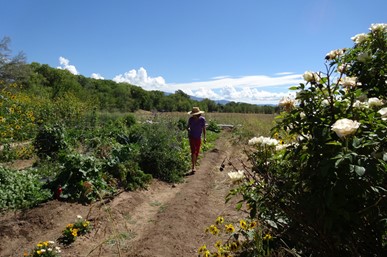
What if I do want to use the compost?
If your dwelling complex has a free chunk of outdoor space, consider reaching out to your neighbors and landlord about initiating a community garden. With proper approval and a small investment of time and resources, you can create a community space that nurtures neighborhood relationships and grows healthy, local food right where you live. NMSU has an in-depth guide to establishing an official community garden, but don’t be intimidated, it can be less formal than this.
Alternatively, reach out to friends who have property – you could launch a mutual endeavor that provides a small batch of compost for a windowsill garden, or maybe you know a farmer or gardener who would be interested in a mutually beneficial arrangement (kitchen scraps also make good chicken feed, and there could be eggs in it for you!).
If you’d rather find a way to keep the compost in your unit, consider smaller, more contained compost methods. Vermicomposting utilizes worms to quickly break down materials and can be done in a small, tiered structure or plastic storage container with a (vented) lid, and there are countertop devices on the market that may incinerate or chemically expedite decomposition. Systems like the bokashi bucket rely on microbial additives which expedite decomposition, producing fermented compost and “compost tea”. A balcony might be a nice spot for a modest tumble composter, which you can buy or make yourself.
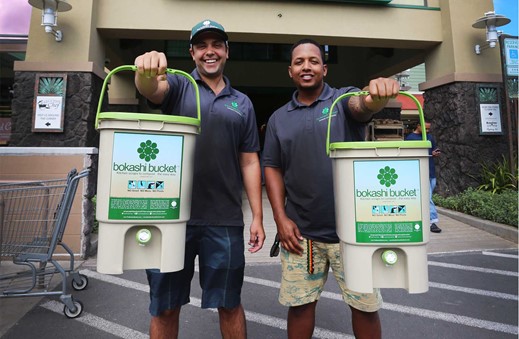
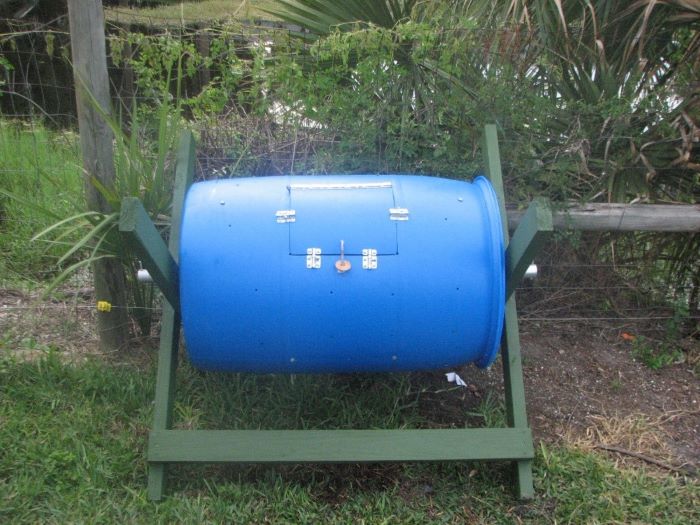
Photo: Instructables
I’m ready to give it a try!
Now that you’ve learned a bit about the benefits of composting and the power you hold to make a difference in the environment and community, learn more about composting methods, resources, and NM climate-specific considerations at the Albuquerque Library. NMSU also offers a detailed overview of the process. For more tips on composting from a unit-style home, see this blog entry from Going Zero Waste. Lastly, for a list of what materials you can and can’t compost and troubleshooting if any issues arise, check out this handy guide from Recycle New Mexico.
Best of luck on your home composting journey!
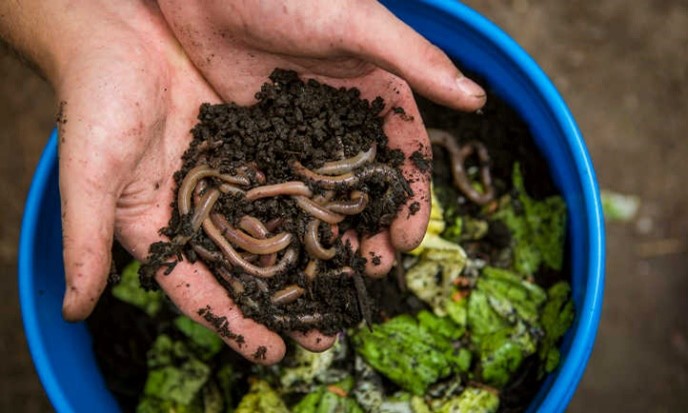
–Posted by Charley

